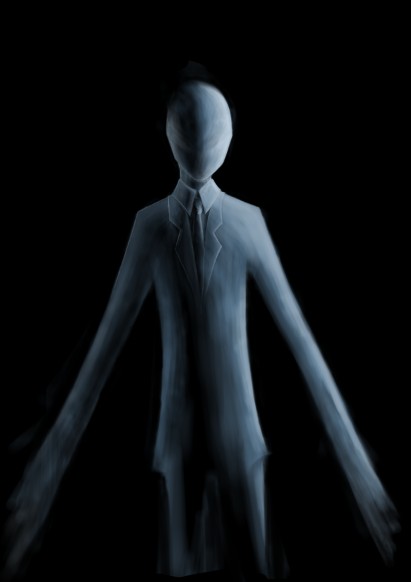Hello people! Nice to be back to blogging after a hiatus. I was nudged back in the saddle by a recent event that touches on the power of words even though, ironically, it’s about pictures..
*********
The rhetoric around the theft of celebrity nude photos has me thinking. As most of you know by now, private photos of many celebrity women, including Jennifer Lawrence and Kirsten Duntz, were hijacked from their private accounts and made public on the web. To say that there is public outrage is to put it mildly. A major violation took place, and people are horrified.
In the frenzy of commentary about this, I saw some interesting discussions. One writer, Scott Mendelson at Forbes.com, urges the media to describe this incident as a sexual assault, not a celebrity scandal. He argues that the connotations associated with the word “scandal” puts blame on the women, when in actuality, they did nothing wrong. One or more hackers ransacked their privacy, scoured through their intimate photos, and then broadcast them to the entire world without permission. Hackers were the ones who committed a crime, not the women.
Writing for Time Magazine, Charlotte Alter disagrees about calling it sexual assault. She argues that using sexual assault as an umbrella term for violations against women dilutes the meaning of the phrase. (Sexual assault encompasses a range of violent crimes whose definitions vary state by state). About the photo hacking incident, she writes:
It is not the same as being raped, or forced to perform oral sex, or molested as a child, or beaten. It’s not a question of “more or less awful,” because both scenarios are horrific examples of how women are treated in our society. But they’re different, and it’s especially important to be precise when we’re talking about violence.
Alter suggests that we call this revenge porn, a newer legal term referring to crimes where angry lovers publicize erotic photos from broken relationships.
I applaud both writers for their great contributions. And I concur that this issue needs to be carefully named. But I am not comfortable referring to this as revenge porn, and this is why. Merriam Webster’s online dictionary defines porn as:
Movies, pictures, magazines, etc., that show or describe naked people or sex in a very open and direct way in order to cause sexual excitement.
The word “porn” suggests that these photos were taken to cause sexual excitement. But that’s irrelevant. They were private photos. It is nobody’s business what their purpose was. The hacker(s) committed a pornographic act by placing those pictures in the public eye. But just as “scandal” can suggest that the celebrities did something wrong, the word “porn,” with its deeply negative connotations, could leak from the hackers (where it belongs) onto the women (where it doesn’t), shadowing them for a very long time.
Whatever we ultimately call wicked acts of this nature, we must take care to avoid splashing any more muck upon the victims. How can we do this?
1. Stop and think before we write and speak. Everyone, including the media, has the responsibility to carefully consider the meaning and connotations behind words.
2. Use alternate phrasing. Perhaps the broader term sex crime carries the story of what happened. It doesn’t dilute the term sexual assault or put the onus on the women.Sexual exploitation crime might be considered, as the word “exploitation” clearly places the responsibility on the wrongdoers, not those who were victimized. The same could be said of sexual harassment.
3. View the situation from a different angle. Indeed this crime has a sexual side, but maybe a broader view can be instructive. The hacker(s) committed an egregious violation of privacy. So I offer up another phrase for consideration in describing this kind of offense: privacy assault.
We can all agree that a serious crime was committed. Let’s ensure that our rhetoric doesn’t inadvertently victimize the victims more.
**********
I’d love to hear what you think! Make some comments below and let the conversation begin.
For more thoughts on this, you might be interested by this Upworthy post!
Copyright 2014 The Storycrafters
Posted in
in Culture,
In General,
in Words,
in Writing and tagged
celebrity photo hack,
Charlotte Alter,
culture,
Jennifer Lawrence,
language,
power of words,
privacy,
Scott Mendelson,
women,
writing





